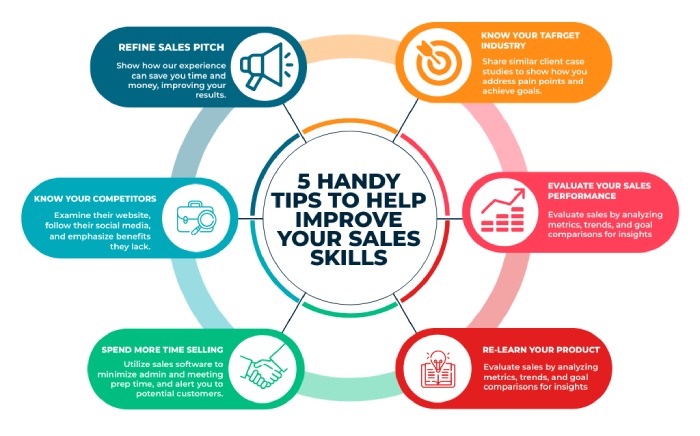3 Mistakes You Should Avoid When You Hit the Sales Plateau
It’s common to hit sales plateau, and it’s easy to feel overwhelmed by so many top tips available online and in books. However, it’s crucial to grasp the nature of this phenomenon and understand that overdoing things won’t break the plateau; in fact, it could lead to further stagnation. A strategic approach, one that we will guide you through, is the key.
As industry experts, we have listed the top 3 mistakes you should avoid when your sales pool dries. And there’s a bonus tip at the end, so do read that.
Mistake 1: Hire More Sales Reps
Business owners believe that the more the sales reps, the higher the sales. Well, it’s an outdated strategy. If there are already enough people in your sales team and you are considering hiring more because of the plateau, then it’s a desperate and trivial call.

Moreover, this idea has proven to be a failure for both large and small businesses. When they hire more people, they don’t focus on evaluating their target markets.
Moreover, it’s time to ditch the belief that hiring from your competitors will transfer their skills into your business. In a large organization, employees are focused on specific tasks, acting as small parts of a bigger system. A large company’s environment and operating style are very different from a small one and demand different skill sets.
If you own a small business and your budget is low for everything, then you won’t be worrying and thinking about the $5 million Super Bowl advertisement or sponsoring a football team. You would expect your team to take care of other responsibilities and strategies. So, if you think hiring people from biggies like Adobe, Dell, Tesla, Google, etc. will break the plateau, then you need to rethink.
Mistake 2: Depend on Channels or Partners For Sales
Another common mistake during the sales plateau period is associating with a partner. This idea is very enticing, especially if you are entering a new domain or target audience. Companies think of outsourcing the hard work to partners who already understand the domain or audience. However, that rarely works.
Understanding what the potential partner would gain out of the association is important. Question yourself that why should they dedicate their time, energy, and sales skills to promote and sell your products or services if there’s nothing in it for them. If the partnership doesn’t promise increased sales of their main product, why would they engage in it?

Mistake 3: Lowering Your Rates
Sales plateau is bound to occur once you have reached out and converted your family, friends, and other acquaintances. There could also be a case when you already have a good number of old, recurring, and loyal customers, but you don’t know how to increase that number. What usually comes to the mind is lowering the rates, but this strategy is less likely to break your sales plateau effectively.
What will happen is that you will dedicate the same amount of time and effort but for lower margins and fail to make more profit. Also, it’s not entirely wrong to lower the prices, provided you can commit to newer rates for a long time. So, if you are planning for 3-4 years ahead and not just a quarter, then lowering your prices might not be the answer.
Moreover, you can’t overlook how lowering prices would affect your relationships with existing loyal clients who had paid you in advance at old prices, especially for SaaS companies like Nureply.

Bonus Tip: Review and Redefine Your Target Audience
Businesses often ignore understanding the reasons behind their customers’ purchases. This oversight is understandable because, during the growing stage, direct customer engagement becomes a luxury of time one can’t afford. Moreover, it’s common to exhaust initial contacts within one’s network without properly understanding the essence of the target market.
As a result, the pain points you solve and the demographics you serve become secondary, with customers relying primarily on the brand’s goodwill to make their purchase decisions.
Understanding the customer base, their motivation to purchase, and the pain points alleviated by your products or services can help you move beyond the plateau.
Knowing how long it takes for customers to buy is crucial. In industries like IT and finance, sales cycles are predictable. Even great products might not attract buyers during certain times. Plus, what customers do before talking to a salesperson matters a lot. Whether there are individuals shopping on Amazon or businesses making big purchases, they research beforehand. To grow, it’s important to understand how customers are reached and why they buy.


